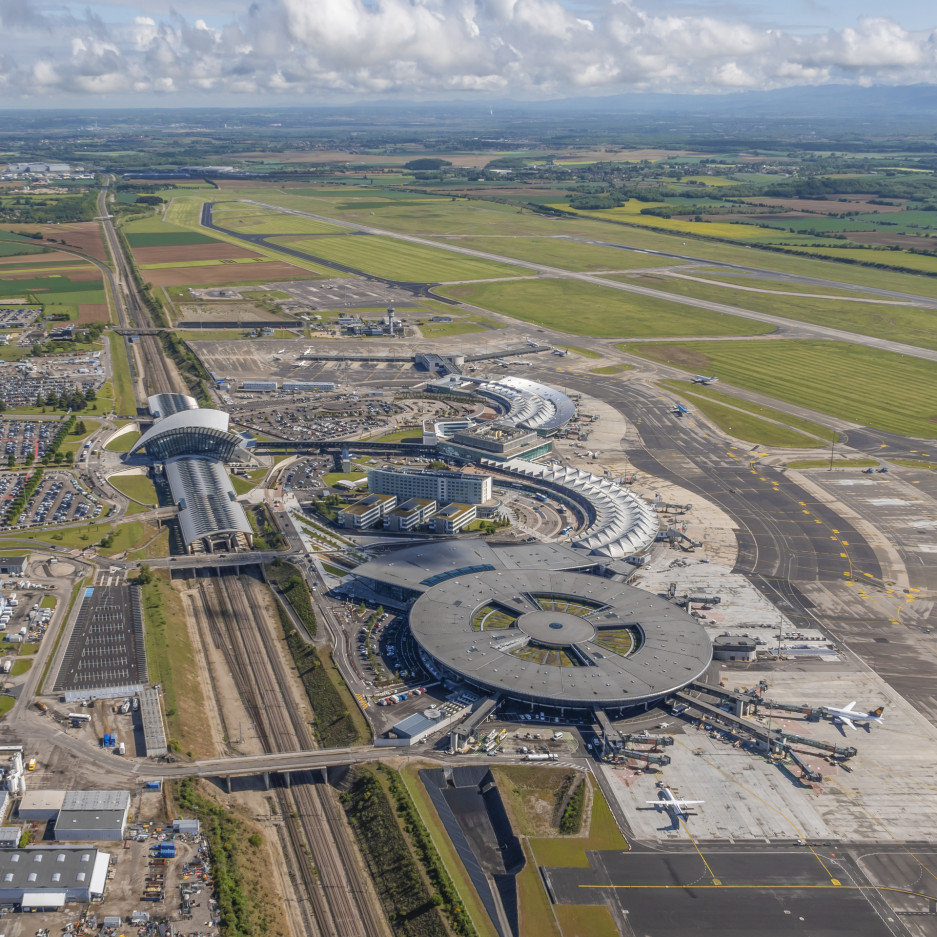
Positive Mobility
eMagMultimodal Mobility: tomorrow's solution today

The age of the private vehicle as the bedrock of mobility is behind us. Twenty-first century passengers can choose from a wide array of possibilities. They are free to combine several modes of transport as part of any single journey and to choose the most environmentally friendly option. And digital technologies are becoming key to promoting the development of multimodality.
Shared mobility, multimodality, intermodality: a number of coexisting terms and concepts are used when describing the transition set in motion by the transportation sector in recent years. Mobility is no longer rigidly centred on private vehicles. It now covers a diverse range of practices and several modes of transport. Mobility as a service has become a universal notion: passengers have an increasing number of options that allow them to create a mix that best meets their daily travel needs. Smoother passenger journeys go hand in hand with better cooperation between urban transport centres, particularly in terms of data sharing.
The trend is only starting to emerge but is set to become increasingly widespread and accessible in the near future, with digital tools accelerating and simplifying this multimodal approach.
Metro to train, train to bicycle, bicycle to car-share, and so on.
What will travel look like tomorrow and what advantages is it likely to offer? To answer the question, let's take Vincent as an example: he lives in Lyon and is currently in Paris to meet friends. He has a driving licence but no car, and prefers to use shared, low-impact, environmentally friendly mobility solutions whenever possible, such as car-shares, scooters, bicycles and buses. Or the train, which he is taking to Bordeaux after his Paris trip to visit his grandmother. A few minutes before arriving at the station, he receives a notification on his phone telling him the platform number where he will find his train. Once on board, he will be able to check the food and drink options online and order a snack he can pick up from the buffet car without queueing. It’s a quick journey between the two cities now that the South Europe Atlantic high-speed line (SEA HSL) is running: two hours later he steps onto the platform at Bordeaux. Rail travel, which only generates 0.4% of total greenhouse gas emissions produced by the transport sector,[1] also allows Vincent to stay true to his eco-friendly mobility principles. Vinci Concessions designed and operates the SEA HSL with careful attention to protecting the environment. In terms of biodiversity, work on the line included reconstruction of 400 natural sites along the route and setting up a network of 1,000 observers in the field.
That evening, Vincent uses a car-share platform to find a driver heading for Lyon the next day. Someone who still has space is leaving at 10 o'clock the next morning.
After six hours on the road, he is dropped off on Place Bellecour, where he turns to his phone again to find an available self-service electric scooter.
Then he has a few days to prepare for his next trip: to Russia! With direct flights available from Lyon-Saint Exupéry Airport, Vincent organises his journey using the services offered by startup Kiwi, an airport partner. He makes a single booking that combines his plane ticket with a bus-train ticket to the airport, and offers a guarantee for the entire journey. All access options to and from the airport are now available: Ouibus, Flixbus, Ouigo, TGV and Rhônexpress. Lyon-Saint Exupéry is the world's first airport to fully integrate ground and air transport.
To make the most of his time at the airport and the different shopping and catering outlets, Vincent uses the priority pass service to save time during security checks. He's now ready to board and settle in to enjoy his three-hour-forty-minute flight.
Multimodality on the (shared) road
When he arrives in Moscow, Vincent is greeted by Anne, a friend who lives in the Russian capital. They have planned a week's visit to Saint Petersburg, where they will explore the secrets of the former capital of the Russian Empire. They decide to use Yandex. Drive to get there. It is the country's largest car-share service and benefits from special rates on the new M11 motorway linking Moscow and Saint Petersburg in under six hours rather than the previous nine. Cars using Yandex-Drive save time and money on tolls. Opened in late 2019, the motorway sets new standards in terms of innovation, with 4G connectivity, safety, with 24-7 breakdown services, and the environment, with specially built crossings for local fauna and other initiatives.
In just a few days, Vincent will have travelled several thousand kilometres and enjoyed a far-flung travel experience, organised simply and easily via his smartphone. With smoother formalities and more interactions with other passengers, faster journey times and an optimised carbon footprint, the future promised by multimodality is already a reality.
[1] https://medium.com/edeni/le-ferroviaire-un-secteur-cl%C3%A9-de-la-transition-%C3%A9cologique-4c31cf3a7364